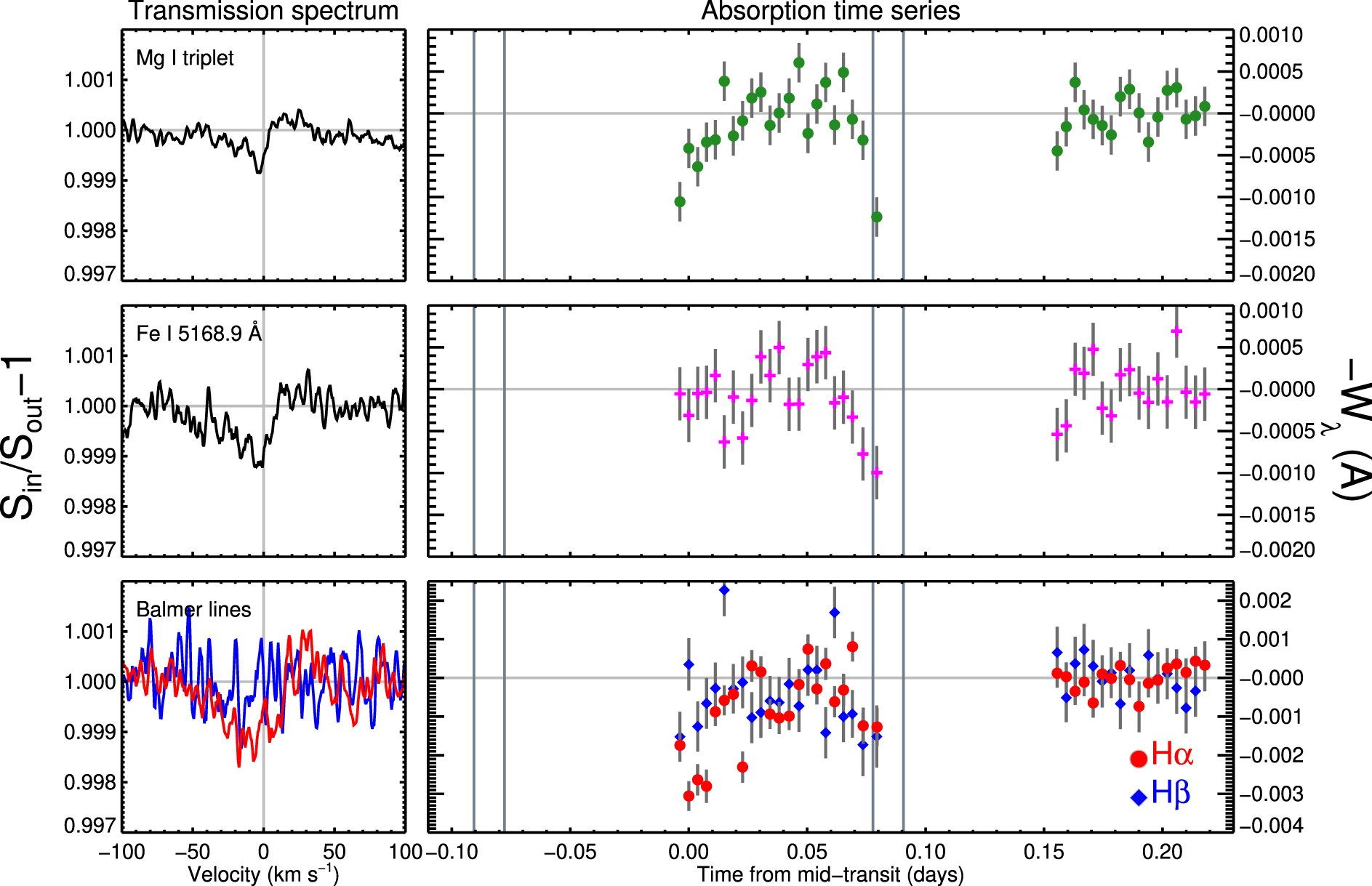We observed a partial transit of the ultra-hot Jupiter WASP-189 b with PEPSI on the LBT. We detect a highly variable transit signal in multiple atomic transitions, including H-alpha, Fe I, and Mg I. The signal is not consistent with a transiting planetary atmosphere. We suggest instead that the in-transit signal is due to an inhomogeneous stellar surface. Our observations demonstrate the lack of a highly extended atmosphere in common optical atomic tracers. Although WASP-189 is very bright, atmospheric characterization of the planet will be difficult due to the small transit depth and apparently compact atmosphere.

Read more: Wilson et al. 2020, Research Notes of the AAS, Volume 4, Issue 4, id.53
